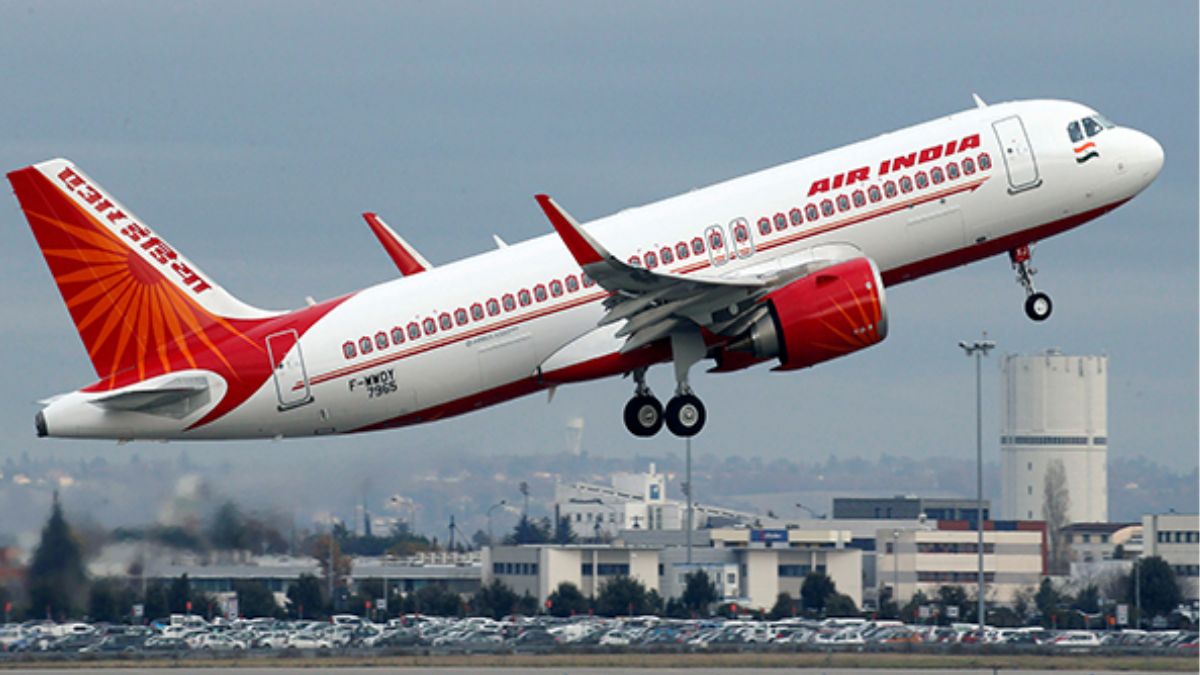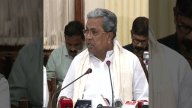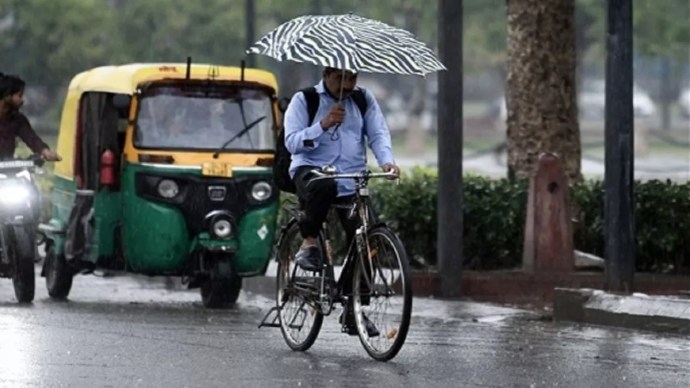A mid-air crisis, critical in nature, occurred when an Air India Vienna-bound flight (AI-187) lost its altitude by about 900 feet after a brief period after departing from Delhi on June 14, triggering immediate safety concerns and a probe by aviation authorities.
The accident happened just minutes into take-off when the plane experienced stall and ground proximity warnings, risking an aerodynamic stall and collision with the ground. Emergency crew aboard quickly activated emergency procedures and were able to regain control of the Boeing 777, stabilizing the plane in poor weather.
All the passengers on board were safe, and the flight proceeded to its destination without incident. However, the Directorate General of Civil Aviation (DGCA) took the incident very seriously. As such, the aviation regulatory body grounded the two pilots involved in the incident, called Air India Head of Safety to appear for interrogation on June 17, 2025, and initiated a detailed probe to ascertain if bad weather, technical glitch, or human mistake was the cause of the incident.
The flight scare has arrived at a moment when Air India’s safety protocols face growing scrutiny. A recent DGCA audit flagged a number of issues, ranging from runway-to-runway maintenance deficiencies to faulty rectification of defects in the entire fleet of the airline. The audit has raised alarms about Air India’s operational discipline, and authorities are now considering tougher supervision and more inspections in the coming weeks.
The Fatal AI-171 Crash
The safety record crisis in Air India is just 38 hours since the horrific crash of AI-171, another plane of Air India, which came to a tragic end.
Air India Flight AI-171 crashed during travel to its destination on June 12 and claimed the lives of 241 out of 242 passengers on board. The crash has been termed one of the most horrific air tragedies of recent history in Indian aviation.
Initial reports attributed the crash to a series of system malfunctions and low visibility, but a conclusive report has yet to materialize. The string of near-disaster accidents have prompted accusations regarding safety standards within the airline, pilot training procedures, and engineering methods.
Since public trust is undermined, the DGCA is compelled to take stringent regulatory measures to ensure flight security and responsibility in all the major airlines. Both the reports’ findings are likely to dictate India’s aviation safety regulations’ future and influence the public’s perception regarding the reliability of Air India.










